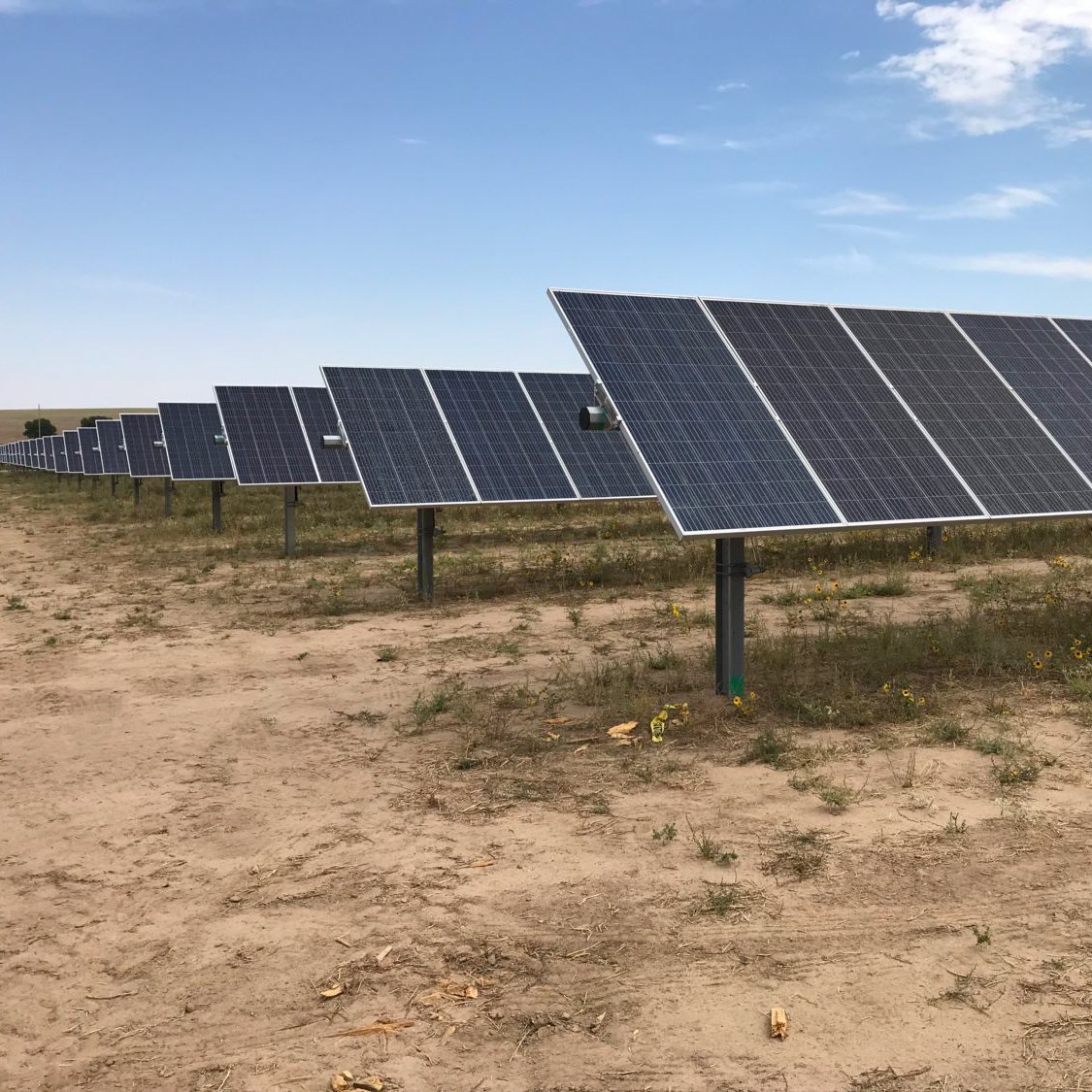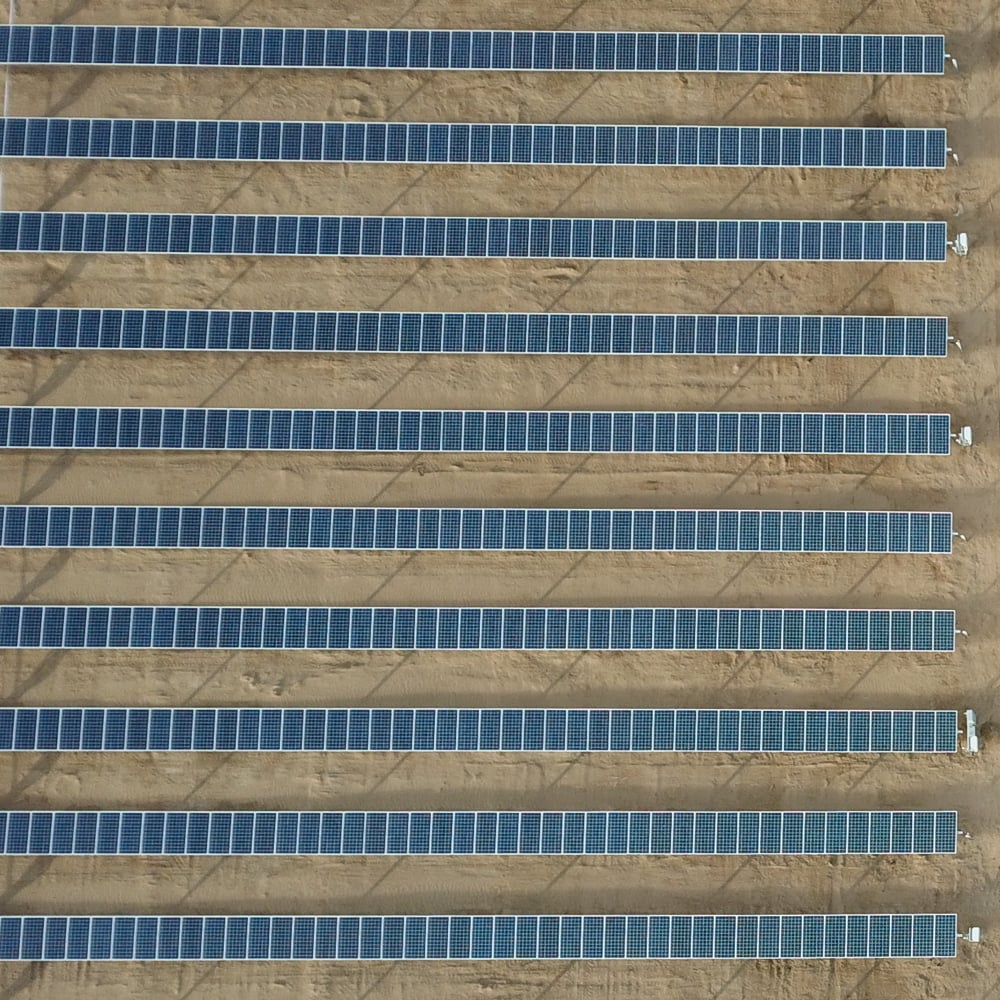The most common gripe when discussing community solar is the requirement of a second bill for subscription payments. On average, consumers spend less than 8 minutes thinking about their utility bill each year, so they certainly are not going to enjoy spending twice that amount of time to pay two separate invoices from their utility and community solar provider. The logic then follows that two bills lead subscribers to miss payments or encourage them to exit their contracts completely. Since late payments and churn are the leading areas of risk for a project, a single consolidated utility bill would surely de-risk community solar projects!
What if late payments and churn are just an inherent feature of community solar? Consolidated billing, particularly the net crediting model in New York, resolves the first issue, the second falls to the asset owner or community solar manager. Consolidating subscription payments with the utility bill creates additional scope for community solar management providers by requiring greater collaboration between utilities, asset managers, and management providers in order to deliver stable cash flows. Here are a few new operational considerations to keep in mind as you seek to enroll projects in consolidated billing.
Can a Utility Perform the Key Functions of a Community Solar Subscription Manager?
We outlined the subscriber servicing functions of today’s community solar management provider in our previous post:
- Recruit subscribers
- Engage and invoice subscribers
- Replace subscribers to ensure 100% offtake
These customer experience functions could easily be replaced by a utility that already has a trusted relationship for marketing, is used to providing complex billing, and has access to a captive audience of potential subscribers to replace churn.
Community solar management involves so much more than just marketing and engaging subscribers as its functions, and the subscriber data can link customer service, asset management, and accounting. In the context of community solar, the management functions and data generated offer valuable operational insights which in turn help maintain momentum for consistent cash flows and customer experience. Some of the nuanced management functions include:
- Remitting payments from subscribers quickly enables stakeholders to establish stable cash flows;
- Analyzing and reallocating subscriber’s usage maximizes revenues and reduces banked credits;
- Engagement paired with analytics delivers proactive churn management. This allows managers and asset owners to anticipate when a subscriber will drop out so the transition to a new subscriber is seamless and a project consistently complies with program rules
The utility is simply leveraging their existing infrastructure to support DERs. Utilities only intend to flow subscription payments through their billing and will not (cannot) provide other value-added services to ensure project profitability. When payments are collected, funds enter the utility’s accounts payable system, creating delays if payout cadences do not match asset owner expectations. Challenges related to funds tracking and reporting compound if utilities cannot respond to crediting issues in a timely manner. Finally, the utility has no obligation or incentive to balance subscriber allocations, and in many states, utilities are not permitted to perform subscriber churn replacement.
Co-Managing Community Solar Alongside Utilities
Even with utility consolidated billing, asset owners still need an advocate for their interests to ensure the most pressing risks are addressed through the life of the project. The divided, or collaborative, scope of work may generally resemble this:
- Subscription managers acquire subscribers. While the utility may assist with messaging or program awareness to expect limited collaboration.
- Subscription manager onboards all contracts and allocations to a utility portal. Only some states have a functional portal for management providers to utilize. Otherwise, subscription managers track and manage allocation enrollment with a combination of tools; expect inconsistent collaboration across utilities
- Utilities process credits and prepare bills that include the net cost of subscriptions but no mention of their project assignment. A consolidated bill eliminates confusion for customers and streamlines payments to asset owners. In most cases, customers remain unaware of their community solar subscription, project, assignment, and the non-monetary benefits of their community solar subscription. Only through a third-party provided portal will customers remain engaged with their subscription.
- Utilities will transfer subscription payments on a monthly basis; reporting quality remains to be seen. Utility timelines could cause delays, and subscription managers may be best positioned to provide integrated credit reporting.
- Utilities will remit reports on allocations and payment statuses to the subscriber manager. Any report delays complicate subscriber insights and engagement. For example, if a customer paid her bill a day after the report was released, the manager would not know. Without real-time billing information, the manager could waste countless people-hours calling subscribers to terminate them or remit payment to find out they already paid. The result is a confusing subscriber experience that wastes time for everyone.
- Subscription managers balance and re-allocate subscriptions and re-subscribes as needed. The subscription manager must have up to-date-information on each subscriber and be in constant contact with the utility to ensure that these changes occur. Credits will go unused if the utility does not respond in a timely manner. Expect your subscription manager to prioritize collaboration with your accounting teams and utilities.
- Subscription managers build relationships with subscribers for long-term customer service. There is a chance that subscribers are unsure of whom to call when there is an issue or change to their community solar subscriptions. Subscription managers use call centers, online portals, and sophisticated engagement tools to reduce confusion and anticipate churn.
As you can see, while consolidated billing improves one key aspect of community solar subscription management, the scope of the entire management effort has not dramatically changed.
What Impact will UCB have on Project Costs?
Will leveraging the existing utility billing infrastructure to assign credits and collect payments at scale to reduce operating costs? Time will tell, but utilities only touch one aspect of community solar management, and we have yet to see their infrastructure truly leveraged at scale for CDG.
Operating a community solar project requires three functional groups – accounting, asset management, and customer service – to work in tandem, and the utility only touches one of these areas. There is a real cost to performing project oversight and optimization. The promise of significant project operational savings becomes less clear when the utility only performs payment remittance, and third parties must collaborate with utilities to track, report, and optimize subscriptions.
However, utilities offer a unique service in allowing asset owners to “bank” against the utility for revenue collection. Utility stability encourages financiers to look beyond financial qualifications (e.g., FICO scores or historical tax statements) for subscriber eligibility. Removing these requirements expands the addressable market for acquisition and churn replacement. The result is an acquisition that is faster, cheaper, and more accessible.
Summary: Designing to Scale Community Solar
The promise of consolidated billing stands to enhance community solar by reducing the friction experienced by subscribers and provide asset owners with the infrastructure to produce stable cash flows. Consolidated billing on its own does not offer a sophisticated management strategy that would optimize the cash flowing through that infrastructure. In fact, it does not address all the baseline functions required to manage these types of assets. As we stand at the beginning of implementing utility consolidated billing, asset owners have the opportunity to influence the development of infrastructure that could scale community solar more quickly. Collaborating with experienced community solar management providers is their best opportunity to do so.


%20(3)-1.jpg)
